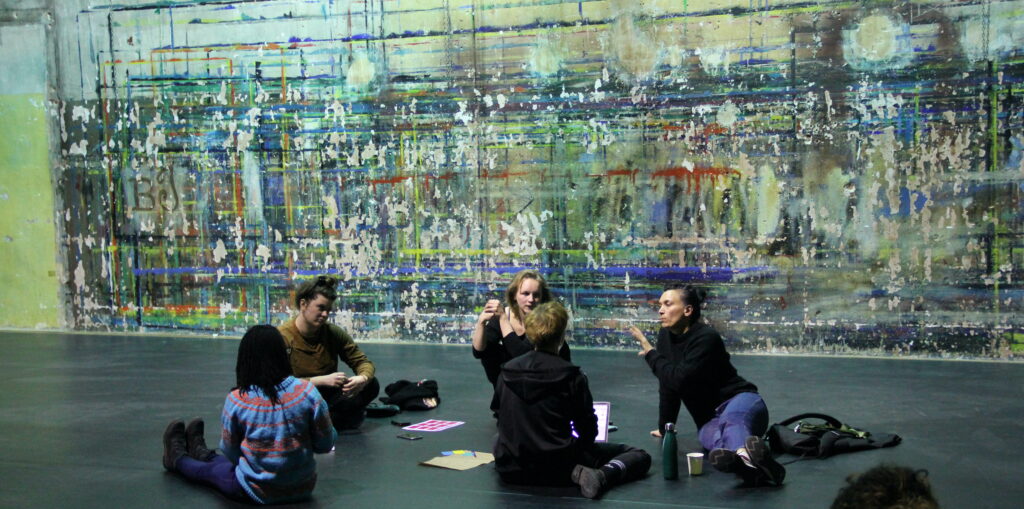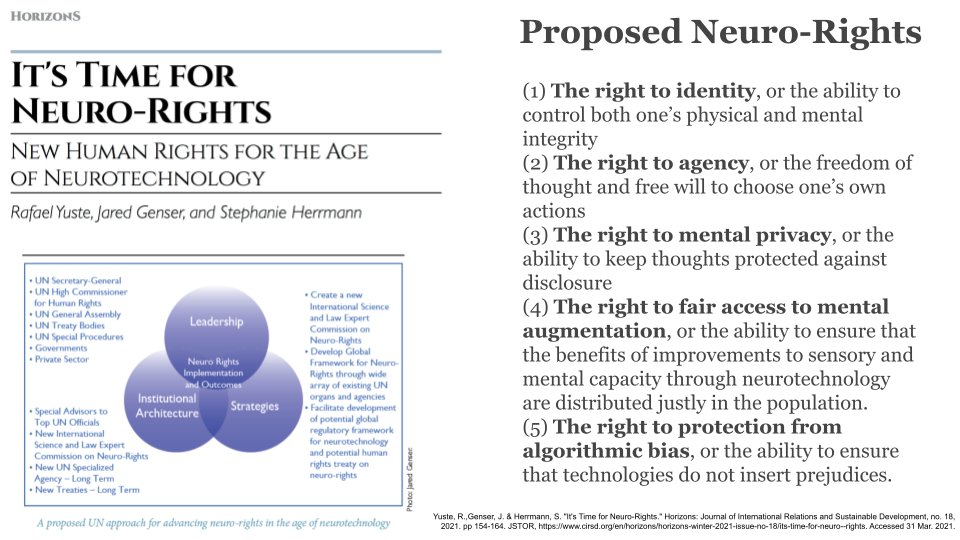

Using the digital in the context of circus and dance is not new. Digital performances going back to the second half of the 20th century managed to reach audiences and engage them, although they were largely experimental and not at all mainstream. Nowadays, digital performances are quite close to becoming mainstream, and these post-pandemic times seem to be the best moment to engage with these new ways of creating performances, particularly if your interests lie in the internationalisation of your audiences and reaching new people.
Things to consider when creating digital performances:
- What will the digital give to your work, and how will your audience get that?
- Making a clear delineation between passive vs. active audiences is not a helpful dichotomy in terms of audience engagement. Performances where the audience has agency and performances where the audience has less agency are more of a spectrum of practices and do not, in themselves, say anything about how much your audience is engaging with your work.
- In terms of audiences, digital performances can be both solo and communal experiences. Some digital tools create more immersive experiences, as detailed in Cookbook 2 – Digital Productions, which also affects how your audience reacts to the performance.
- How (financially) accessible is your digital performance? Some digital tools are already quite accessible to the audience in that in some cases, computers and phones can be used instead of VR headsets.
Skeuomorphism and going beyond
Digital performances can have as much of an impact on an audience as analogue ones. However, while digital performances can be just as transformative and have a profound and lasting importance for the audience, they don’t necessarily change the relationship with the audience by virtue of being digital – unless they go beyond skeuomorphism.
Dr Cyrielle Garson divides digital performances into two approaches:
I – The Skeuomorphic Approach Using the digital to replicate what artists are already doing in the physical world or with analogue means. The digital can enhance the audience experience but the audience relationship remains largely the same as before. II – Going Beyond Skeuomorphism Using the digital to create something we can’t do in the physical world. In these performances, artists don’t have to abide by the laws of physics and can thus create anything they can imagine, which changes the dynamic of the audience relationship.
There is a clear paradigm shift in audience relationships when going beyond the skeuomorphic. Performances that go beyond these boundaries can be very different to one another. For instance, one could have an audience of one while another has an international audience of several hundreds, all depending on how the performance structure has been built. You could also have a performance where the audience doesn’t know if they’re talking to a real performer or a computer avatar, or performances the audience can experience wherever and whenever they want.
For an example of how performances that go beyond skeuomorphism can change audience engagement, let’s take a look at audience behaviour.
Audience behaviour
One important aspect of digital performances is the fact that audiences are not going to behave in ways you expect, and it pays to keep this in mind even during the creative process.
Audience behaviour inside digital worlds is – and will remain, for a good while – unexpected simply because there are no ready-made etiquettes for such behaviours. For instance, most of us follow very similar patterns of behaviour when we go to the theatre because we have certain learned cultural expectations for those kinds of situations. When it comes to the digital world, however, such expectations or patterns of behaviour don’t exist yet, at least not in a widely known way. Your audience consists of individuals, and they will all have varying ideas of what they want to experience inside a digital world and how they go about doing it.
A positive aspect of this is that because there are no ingrained habits of behaviour yet, you can refashion that relationship yourself. What kind of relationship, interaction, or engagement do you want to have with your audience during a performance, and how might you go about making it a reality?

Onboarding and offboarding an audience
Onboarding and offboarding are two key concepts when it comes to digital performances and audience engagement.
Onboarding refers to helping your audience access the performance. Digital performances are quite different from analogue ones, and if you’ve never tried it before, there might be a bit of a learning curve. Onboarding the audience, then, means to guide them, much as you would guide an audience to your venue in the physical world. For digital performances, this includes all sorts of things from tutorials to instructing them how to use a headset to guiding them in how to communicate on a VR social platform.
Offboarding, on the other hand, takes place post-performance. Digital performances can sometimes be quite intense experiences, and it helps to give the audience time and room to process their experiences with each other and with the artists. For instance, you could create a virtual room where everyone teleports to after the show for a discussion, much like a conventional Q&A session but in digital format.
For more information and practical tips on onboarding and offboarding, check out the second cookbook’s chapter on Streaming.
Ethical aspects
Digital tools can give you a lot of leeway in how much and in what ways you experiment with all kinds of things, and this includes things your audience will experience. For instance, digital performances can include illusions and other kinds of innovations that really trick the brain, like feeling cold because it’s cold in the digital world even though the physical room you’re in is warm. But what are the ethical aspects of this, and how far can one go with the audience? For more research into this particular subject, we recommend that you familiarise yourself with the work of Professor Jeremy Bailenson.
Another ethical consideration concerns the data you receive from your audience. In creating digital performances, you might work with different platforms, tools, and businesses, which means you must also consider what kind of data concerning your audience the performance captures. The European General Data Protection Regulation (GDPR) addresses some questions, but because digital innovations move so fast and the law lags behind, audience and neuro-rights are still a big question to solve.

At the moment, there are no ready answers. It pays to familiarise yourself with GDPR and get involved in the discussion (join the XR Live channel on Discord!), and to keep this in the back of your mind when creating your own digital works.

Tips and tricks
- Check out what the academic world has done and is doing! Practice-as-research is a current trend in academia, which means having artists contribute to research, which in turn can also help the artists with their own practice.
- Creating a digital performance is an interactive process, so trust in the expertise of your colleagues.
- Join the XR Live channel on Discord! It’s a community of performers from all over the world, all of whom are interested in or work with digital means of storytelling.
- Generative AI can also help at various stages of the creative process.
- OnBoardXR can be a good way to test a show as part of the R&D process.
- Check out Heavenue, a platform created specifically for digital performances.
- Digital means of storytelling took leaps and bounds during the pandemic – a lot of work has already been done, so you don’t have to start from scratch. For more resources, see Cookbook 2 – Digital Productions.
- Digital equipment will need lots and lots of testing, especially if it’s on a performer who moves around a lot.
- More often than not, artists create performances with technology that was meant for something else entirely. Don’t be afraid to experiment!

Further reading
Can This Game-Changing Innovation Get Live Theatre Back Before the Pandemic Ends?
https://playbill.com/article/can-this-game-changing-innovation-get-live-theatre-back-before-the-pandemic-ends
Experience on Demand – What Virtual Reality Is, How It Works, and What It Can Do
https://wwnorton.com/books/experience-on-demand/
Immersive Wire
https://www.immersivewire.com/
It’s Time for Neuro-Rights
https://www.perseus-strategies.com/wp-content/uploads/2021/03/Neuro-Rights-Horizons-Winter-2021.pdf
The Proteus Effect: The Effect of Transformed Self-Representation on Behavior
https://stanfordvr.com/mm/2007/yee-proteus-effect.pdf
The Severance Theory: Welcome to Respite (2021) by CoAct Productions and Ferryman Collective
https://journals.openedition.org/miranda/45673

Cyrielle Garson is Lecturer in Contemporary Anglophone Theatre at Avignon University and a member of the ICTT (cultural identity, texts, and theatricality) research team. In her research, she explores the emerging field of VR/Metaverse theatre and performance in both the US and Canada. More recently, she has worked closely with the London-based company LIVR to develop an app enabling the connection of VR headsets in the context of education and professional developments.









